Testimony of Pascal Griot, founder and director of Promesse de fleurs.
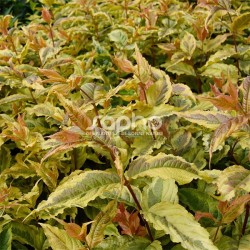
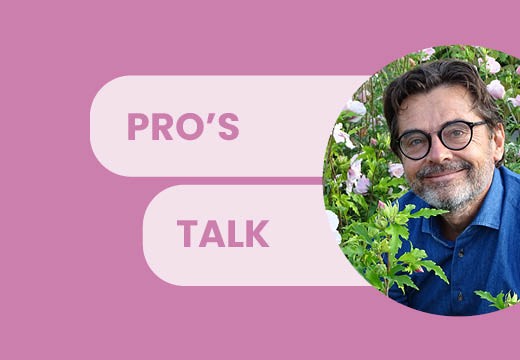
Testimony of Pascal Griot, founder and director of Promesse de fleurs.
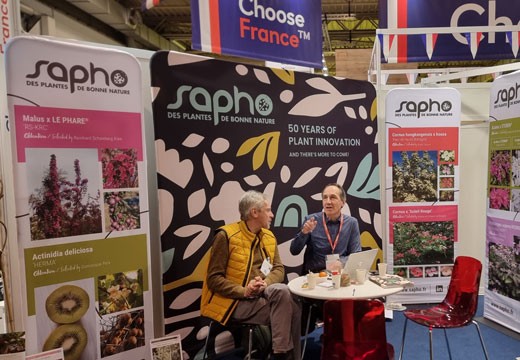
Sapho was a long-time exhibitor at IPM ESSEN, the leading international event for plant innovation, with our stand in...

Testimonial from Christophe Desprat, co-manager of DESPRAT nurseries.
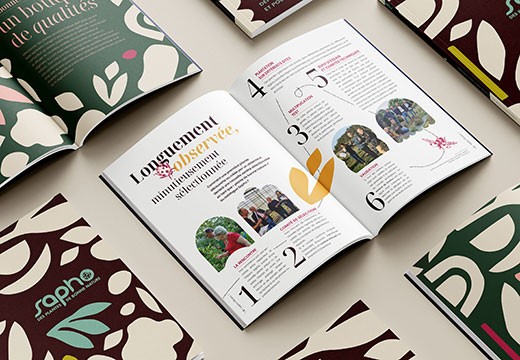
We're delighted to present our new ‘hybrid’: our catalogue book! In it, you'll find our history and our vision of the...
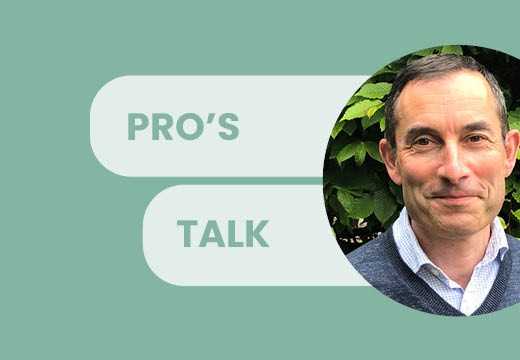
Interview with Jean-Christophe Gaudin, head of plant listing at J'DEA.
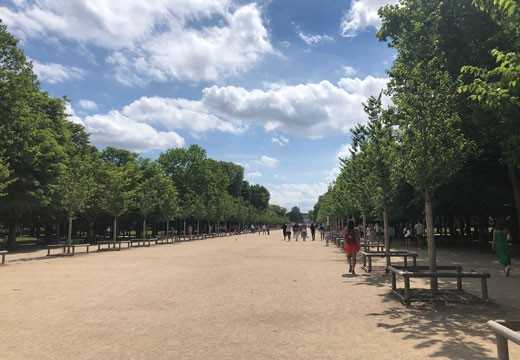
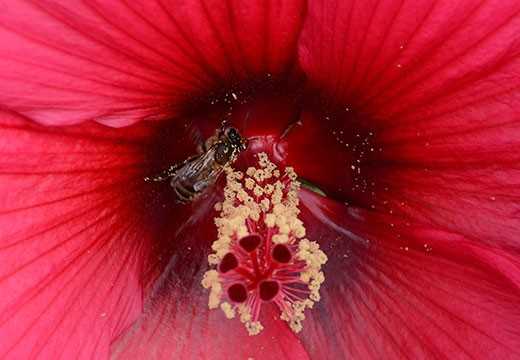
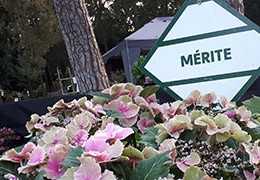
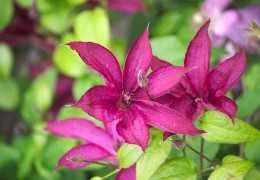
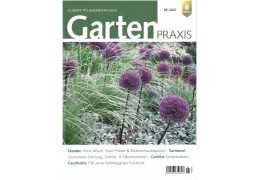

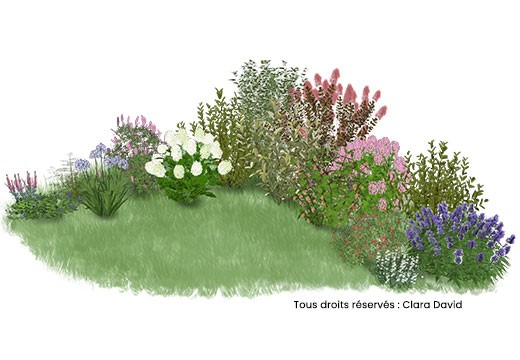


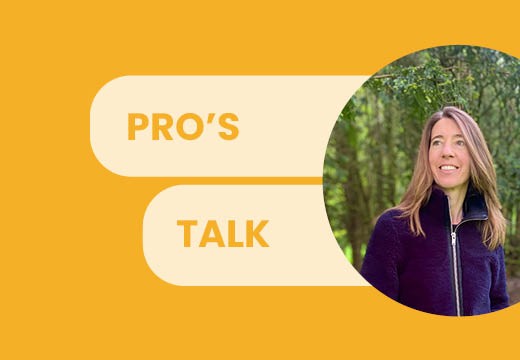
People are becoming increasingly aware of the various issues surrounding biodiversity in general, and the role of bees and pollinators in particular. Numerous articles and news broadcasts are devoted to this theme and to the importance of melliferous plants*.
It's our turn to contribute our little “grain of pollen” by offering you these 5 points of reference to guide you in your choice of a pollinator-friendly plant palette.
* Melliferous plants are those whose flowers produce large quantities of high-quality nectar and pollen, essential sources of food (and reproduction) for pollinators.

Here are 5 principles we suggest you adopt:
1) No single dish in the garden, prefer a varied buffet!
2) A restaurant open most of the year
3) Pollen on every floor, forming pathways
4) Shapes, colors and fragrances to please all pollinators!
5) A flower festival at night too!
We explain them to you below, with a few examples from among the many varieties in the SAPHO catalog.
The Institut de l'abeille has demonstrated the importance of a varied diet for bee health and the vitality of young workers, as well as their ability to resist parasites (e.g. Nosema). In fact, flower pollen has different compositions depending on the plant species: protein, lipid, sugar and amino acid content. So, while humans are advised to eat “5 fruits and vegetables a day” for a balanced diet, bees might be better advised to eat “four pollens a day”. To find out more
Some insects only live for one season, while others spend the winter idle or warm. They need to “stock up” for the winter.
As soon as the sun rises, the bees start flying again. The earliest bee species are active from 8-10°C, i.e. very early: February, March...
Conversely, other species (butterflies, for example) are capable of migrating thousands of kilometers at the end of summer (as in the case of the famous Monarch butterflies of Canada, which travel 5,000 km to spend the winter in Mexico). They need to refuel before they travel.
In any case, this means you need to plan a very wide flowering period to offer pollen and nectar throughout the period of activity. To achieve this, you can combine plants in your garden that flower at different times and complement each other.
Such as winter heather, Japanese quince, forsysthia, flowering apple trees, hardy elms, etc.
Such as abelia, sage, lavender, wig tree, ... but we could also mention hibiscus, lavatera ...
Flowers that will still be present in September and October include single-flowered hibiscus, caryopteris, lagerstroemia, panicle hydrangea, etc., and for autumn and winter, meaty heather.
The literature tends to focus on summer bedding plants. We've just seen that staggering the season is essential. We can now consider that staggering in space is too. Think of the herbaceous layer, but also of the shrub and tree layer, which can also contribute to the continuity of the green fabric from one space to another. (You can also talk to your neighbors!)
And don't forget: many species of catkin trees and shrubs are a major source of pollen early in the season, at a time when herbaceous flowers are scarce.
Each pollinator species has its own flower preferences. This is not the story of the fox and the stork, but rather that of the bee, the spider and the butterfly! So let's vary the shapes!
Flowers with single petals generally have more stamens, and therefore more pollen. Cut-out, star-shaped flowers are well perceived by bees. If the color red is not perceived as such, many red flowers have attractive UV-reflecting patterns to attract the eye. So don't deprive yourself of any color in the garden!
Fragrance improves location once the bee is nearby. Fragrant flowers are a bonus for pollinators (and for the pleasure of all garden inhabitants).
As you know, some bumblebees see well at dusk, and many butterflies forage at night. So let's also think about the flowers that stay open at night.
In short, there's only one watchword!
Let's cultivate plant diversity to preserve the biodiversity of bees and pollinators!
The United Nations has declared a world bee day on May 20 each year.
In France, we also have “flowers for bees” week, in mid-June, a campaign federated by Val'hor and relayed by professionals. The aim is to raise French people's awareness of the need to act in favor of pollinators, and to install melliferous plants in gardens.
In communications, it's always handy to have a symbol, a mascot! But did you know that behind “bees” lie hundreds of thousands of pollinating species?


There are an estimated 200,000 pollinating animal species, mainly insects:
- Hymenoptera (bees, bumblebees, wasps, etc.)
Diptera (flies, hoverflies...)
- Lepidoptera (butterflies), 95% of which are nocturnal species.
- Coleoptera (beetles, weevils...)
This also includes certain birds and even bats (in tropical environments).
The French Ministry of Ecological Transition devotes a beautiful presentation page to pollinating insects, with sublime photos: discover it here.

This biological diversity is in decline worldwide, both in quantitative and qualitative terms: species diversity. According to the United Nations, the extinction rate of pollinators is now 100 to 1,000 times higher than normal. Around 35% of invertebrate pollinators, particularly bees and butterflies, are now threatened with extinction. Source: United Nations
The FAO estimates that nearly 35% of the world's agricultural production depends on pollinators.
It's time to act! Let's plant!
At SAPHO, the criteria of abundant, melliferous blooms,
are part of our selection grid for good-natured plants!
of good nature!
Many thanks to Juliette AUBERT, a student in L3 Paysage at the Institut Agro d'Angers, and on placement at SAPHO, for her bibliographical research, which helped us to write this article. You will find numerous bibliographical references in her powerpoint
To mark World Bees Day on May 20, 2022, the BNF (Bibliothèque Nationale de France) has published a rich thematic bibliography, which you can discover here.
We also really enjoyed the web conference “Trees for bees” hosted by Yves Darricau, organized by the SNHF on February 28, 2022.
 Landscape inspiration: the wall!
Landscape inspiration: the wall!
 Landscape inspiration: Cultures, culture
Landscape inspiration: Cultures, culture
 Happiness is in the garden: the magical power of plants!
Happiness is in the garden: the magical power of plants!
 Landscaping inspiration: Embellishing life!
Landscaping inspiration: Embellishing life!
check_circle
check_circle